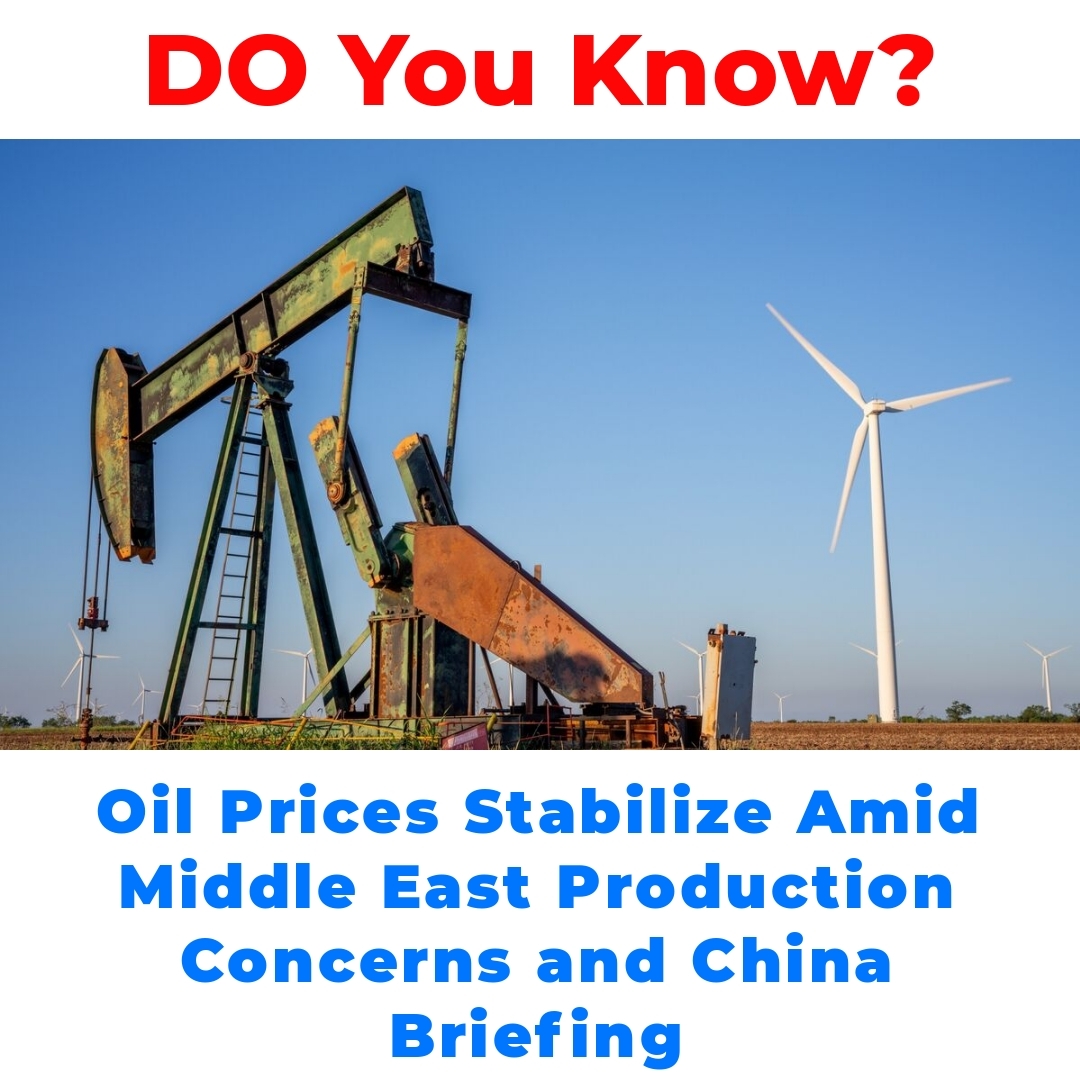Oil prices have recently steadied after experiencing four days of declines, capturing the attention of both investors and consumers. Understanding these price dynamics is crucial, particularly given the influence of geopolitical factors like Middle East oil production and economic indicators emerging from China. These elements play a vital role in shaping the global oil market.


Current State of Oil Prices
Recent trends show that oil prices have found a bit of stability after a rough patch marked by four consecutive days of decline. This turnaround is something investors are keenly watching, as market reactions can often ripple through various sectors of the economy. Over the past week, the oil market has shown a mixed bag of behaviors, reflecting both resistance to further declines and a cautious optimism among traders.
With fluctuations becoming more common, it’s essential for both consumers and investors to keep an eye on oil market trends and analyze what they could mean for future investments. Looking back at the previous declines, we can see that these dips often spark a renewed interest in examining market fundamentals, leading to decisions that impact fuel prices, energy stocks, and overall economic conditions.
Factors Influencing Oil Prices
Risks to Oil Production from the Middle East
One of the major influences on oil prices stems from risks associated with oil production in the Middle East. Geopolitical stability in this region is crucial, as many of the world’s oil supplies come from here. When tensions rise or conflicts flare up, the potential for disruption in oil production becomes very real.
For instance, events like military conflicts or political uncertainty can significantly impact both supply and pricing. Recent reports have highlighted specific risks affecting production, such as ongoing protests or changes in government policies that could shift the balance of production capabilities within these oil-rich nations.
The Impact of China’s Economic Briefings on Oil Prices
Another influential factor comes from China, which is experiencing notable economic shifts. Recent economic briefings from Chinese officials have suggested a mix of growth and challenges. These updates can have drastic effects on oil prices, as they stimulate investor sentiment and affect market demand.
For example, if China signals that it is moving towards stronger industrial activity, we might see increased demand for crude oil, leading to a potential rise in prices. Conversely, any indication of economic slowdown can set off alarms and lead to price declines. Understanding the impact of China’s economic briefings on oil prices is critical for anyone tracking market behaviors.
Analysis of Crude Oil Stability
Amid the fluctuations, some factors have contributed to a degree of stability within the crude oil market. Market players often focus on understanding how supply chain dynamics and geopolitical tensions play off each other. The ongoing efforts to maintain crude oil stability are key to ensuring a balanced and predictable market environment.
Several elements contribute to this stability, including strategic reserves, production regulations, and ongoing negotiations among oil-producing nations. Collectively, these factors help maintain a level of predictability even when external pressures threaten to destabilize prices.
Long-term Outlook for Oil Prices
Looking ahead, predictions for future oil prices will largely depend on current trends combined with ongoing geopolitical issues. Analysts are keeping a close eye on how the situation in the Middle East unfolds and whether economic resilience in countries like China can help bolster demand for oil.
It’s also important for nations to consider diversifying their oil sources to enhance energy security. Recent trends in crude oil markets show a broader shift towards sustainable energy sources, which could alter traditional oil supply dynamics in the long run. For those invested in the oil market, understanding these global oil supply shifts is essential for making informative decisions.
Conclusion
To sum it up, while oil prices have shown renewed stability recently, the underlying factors driving these changes are complex and multi-faceted. It’s crucial to keep a steady eye on both geopolitical developments and economic statistics, especially as they can change rapidly and impact oil prices.
For investors and consumers alike, remaining informed about oil market trends is essential for better decision-making. Keeping track of these shifts can provide insights that could influence financial strategies in the ever-evolving landscape of oil pricing.
Additional Resources
For those who want to dive deeper, consider checking out recent articles, reports, and analyses focused on oil prices, the dynamics of Middle East oil production, and the influence of China’s economic situation on global markets. Staying informed is the best strategy!
FAQ
What are the recent trends in oil prices?
Oil prices have recently shown some stability after experiencing four consecutive days of decline. This change is being closely monitored by investors as it can influence various sectors in the economy.
What factors influence oil prices?
Several factors can impact oil prices, including:
- Geopolitical stability in the Middle East.
- China’s economic performance and industrial activity.
- Supply chain dynamics and production regulations.
How does the Middle East affect oil prices?
The Middle East is a significant source of the world’s oil supply. Events like military conflicts, political instability, or changes in government policies can disrupt production and influence prices.
What impact do China’s economic briefings have on oil prices?
If China reports stronger economic activity, it can lead to increased demand for oil, pushing prices up. Conversely, news of an economic slowdown might lower demand and, in turn, reduce prices.
What contributes to stability in the crude oil market?
Factors that help maintain stability include:
- Strategic reserves of oil.
- Production regulations set by oil-producing nations.
- Negotiations among these nations to manage supply.
What is the long-term outlook for oil prices?
The future of oil prices will largely depend on ongoing geopolitical situations, especially in the Middle East, and economic conditions in major countries like China. There is also a growing interest in sustainable energy, which might change traditional oil supply dynamics.
Why is it important to follow oil market trends?
Staying informed about oil market trends helps both investors and consumers make better decisions regarding their financial strategies as the market evolves.





